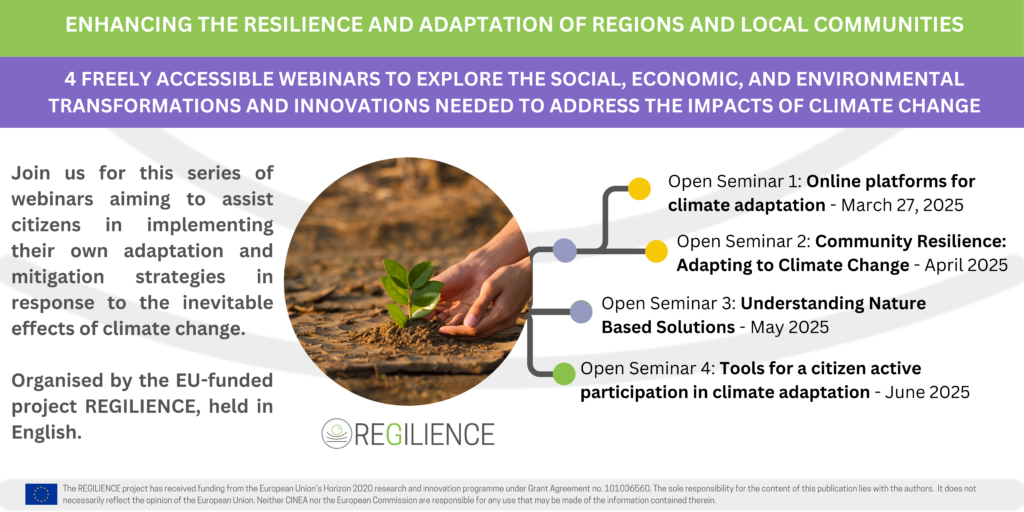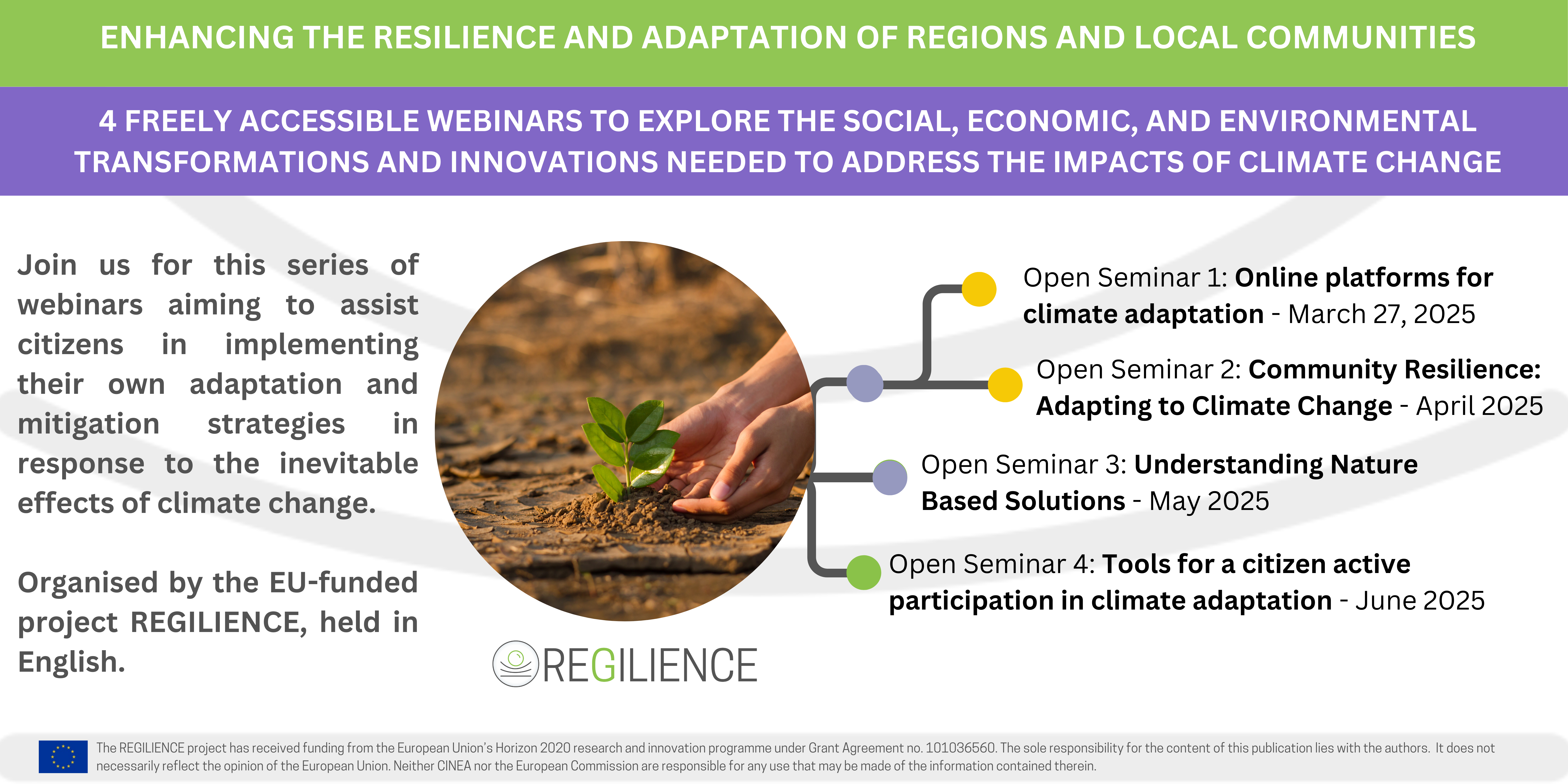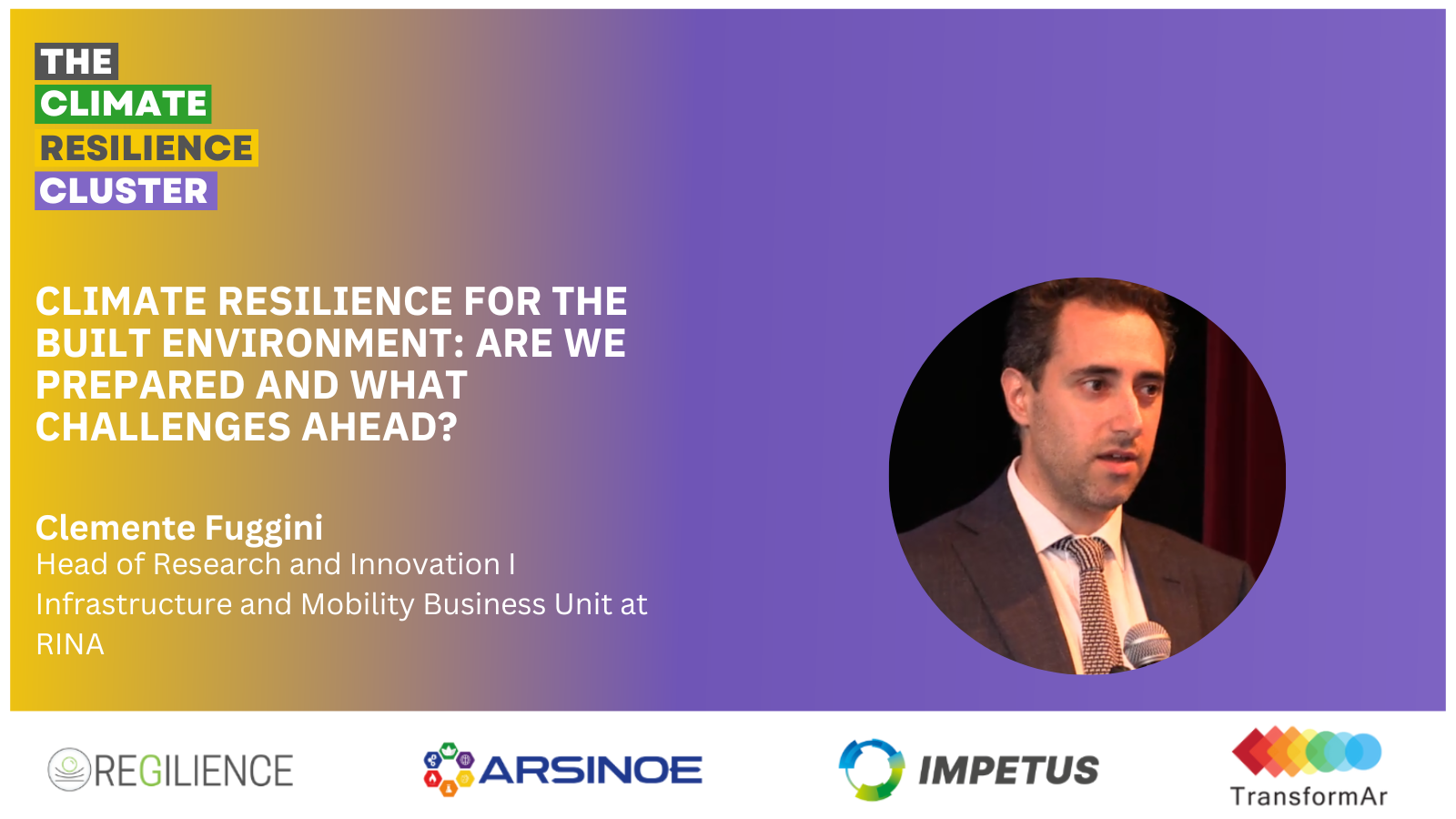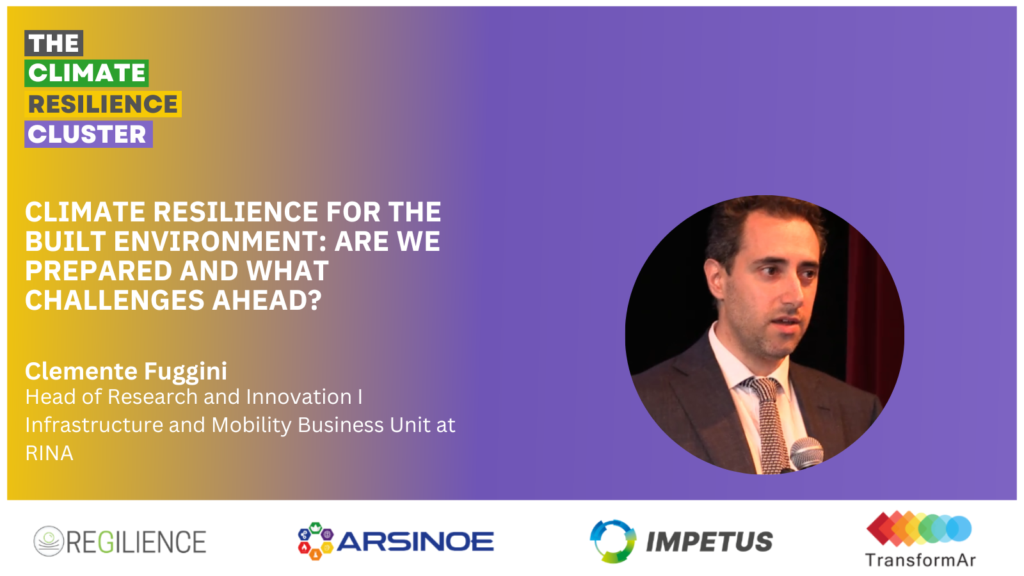Resilience to natural hazards has become an imperative for our society: indeed, building resilience in this context is not just a necessity, it’s our duty, it must be our common objective, our shared vision towards a sustainable and liveable future. Not only in the past few years, but more and more nowadays, daily situations and events occur to remind us of this pressing need, representing a call for action to act now, timely, efficiently, effectively.
In fact, on a purely economic side, the costs associated to the recovery from disruptions caused by natural hazards are huge, are increasing, are not sustainable not only by the public side, the communities and the citizens by even from the private sector, including the banking and insurance market. Numbers, and costs, are likely to increase if projected in the future, exacerbated by climate change impacts. Thus, the adoption of a resilient approach is mandatory to minimize the damages and consequences, including the economic ones, to our infrastructures, cities, communities and society.
But what is this about?
Resilience sits in an intricate interplay among individuals, communities, institutions and infrastructures. Moreover, it is well known that Resilience depends on many factors such as technological (e.g. tools), human (e.g. capability of intervention and exploitation of information from citizens and users) and user’s acceptance (e.g. understanding the added value provided by innovations for the improvement of capabilities, in both ordinary and extraordinary conditions). Indeed, Resilience heavily depends on the degree to which individuals, communities and organizations can organize themselves to learn from past events (e.g. hazards, shocks, stresses) and act accordingly to minimize the risks and impacts of future ones.
In this context, our common goal should be to support the society (citizens, communities, institutions, etc.) in preventing, promptly detecting, timely responding to and cost effectively recovering from disruptions, such as those caused by natural hazards by increasing the resilience of the systems they use and/or operate, across their life cycle. This would be possible if we start streamlining the resilience “concept” for what it is, we stop attributing to it “capacities” or “dimensions” it should not have but we consider it for what benefit and value creation it can provide.
For instance, if we think about the built environment and an urban ecosystem, one can certainly considers three main levels of Resilience:
- Level 1 – Resilience of infrastructure assets: This is the simplest to be achieved, but also the foundation of the whole resilience approach. Assets, such as roads, power lines, water lines, etc., must withstand stressor and shocks, induced by natural hazards within a sort of a design and built principle of resilience as a core capacity they can exploit. Here, the benefit of more resilient infrastructure assets is a reduction in the life-cycle cost of assets.
- Resilience of infrastructure services: Infrastructure systems are interconnected networks, and the resilience of individual assets might be a poor proxy for the resilience of services provided at the network level. This is why a systemic approach to resilience services is preferable. At this level, the benefit of more resilient infrastructure is the provision of more reliable services.
- Resilience of infrastructure users: In the end what matters is the resilience of users. Infrastructure disruptions can be catastrophic or not, depending on whether users—including people and supply chains—can cope with them. At this level, the benefit of more resilient infrastructure is a reduction in the total impact of natural hazards on people and economies.
How Research and Innovation comes into play?
There are many examples of research and innovation developments that support building resilience in the built environment, and many initiatives are undergoing. Among the others, the MULTICLIMACT project, being an innovative action, whose aim is to support cities and municipal authorities in understanding first, raising awareness and building capacity afterwards, and finally measuring the resilience of the system/s they do manage/operate. In doing so MULTICLIMACT ambition is proactively and efficiently tackles, some of the risks that might have a stronger impact on the years to come (e.g. in 10 years), such as, according to the Word Economic Forum Risk Report¹, “Extreme weather events”.
Pragmatically, how MULTICLIMACT is working to ensure the built environment is prepared and resilient to natural hazards?
MULTICLIMACT proposes a paradigm shift from classical steady-state, time and space independent risk-based approach to a time-and space depended Resilience² -based approach that integrates the Resilience Capabilities (Plan/Prepare, Detect, Absorb, Recover, Adapt) into the Disaster Management Cycle (Prevention, Preparedness, Response, Recovery), considering both actual system (e.g. a building, a district, a city, etc.) state (AS-IS condition) and future system state³ ⁴ ⁵ ⁶, during the life cycle (Plan/Evaluate, Design, Construct, Operate & Maintain)⁷ of the system in scope. In doing this MULTICLIMACT ambition is to pave the way to a de-facto standard in Resilience-based approaches that consider:
- The Context/ecosystem in which the system (e.g. a building, a district, a city, etc.) in scope insist on;
- The Hazard/s and their combination;
- System Vulnerabilities;
- System Levels of exposure;
- System and systemic Risks;
- System Levels of criticality;
- Impacts at system and whole context/ecosystem level.
This would mean moving from the classical risk management approach to a resilience management approach considering both “pre-hazards” and “post-hazard” phases in a recursive and iterative cycle of “system states” where the “hazard” (i.e. the event) is seen as the triggering point.
The proposed approach is made operation by means of the MULTICLIMACT Climate REsilience Maturity Assessment (CREMA) tool that support decision-makers in the evaluation, through a rating system, of the maturity of the various assets they manage or operate (including buildings, infrastructures and urban areas) in terms of “AS IS” (current resilience situation) and “TO BE” (future resilience situations). The goal is to quantify how, in a rating scale, any mitigation or adaptation measure can enhance the resilience of the system in scope thus providing evidence-based results that might support the implementation of resilience strategies and investments.
You can download the full article here.
¹ https://www.weforum.org/publications/global-risks-report-2025/
² Defined as “The ability of the system to withstand a disruptive event by reducing the initial negative impacts (absorptive capability), by adapting itself to them (adaptive capability) and by recovering from them (restorative capability)” according to FIKSEL, 2003
³ Fuggini, C., Solari, C., De Stefano, R. et al. Assessing resilience at different scales: from single assets to complex systems. Environ Syst Decis 43, 693–707 (2023). https://doi.org/10.1007/s10669-023-09935-w
⁴ C. Fuggini, M. Kontogeorgos, S. Osmani, F. Bolletta, Resilience of Infrastructures and Systems to multiple hazardous events: application cases and future perspectives, in Critical Infrastructure – Modern Approach and New Developments” edited by Dr. Antonio Di Pietro, IntechOpen, November 2022, DOI: 10.5772/intechopen.108548
⁵ C. Fuggini, F. Bolletta (2020) ‘Identification of indicators, metrics and level of service for the resilience of transport critical infrastructure’, Int. J. Sustainable Materials and Structural Systems, Vol. 4, Nos. 2/3/4, pp.330–346, https://doi.org/10.1504/IJSMSS.2020.109081
⁶ F. V. De Maio, R. Valsecchi, S. Osmani, C. Solari & P. Basso, Multi-risk analysis methodology for evaluating climate change impacts at different scales, Life-Cycle of Structures and Infrastructure Systems – Biondini & Frangopol (Eds) 2023, https://doi.org/10.1201/9781003323020 ISBN 978-1-003-32302-0, Open Access: www.taylorfrancis.com, CC BY-NC-ND 4.0 license
⁷ https://www.oecd.org/gov/infrastructure-governance/performance/





























